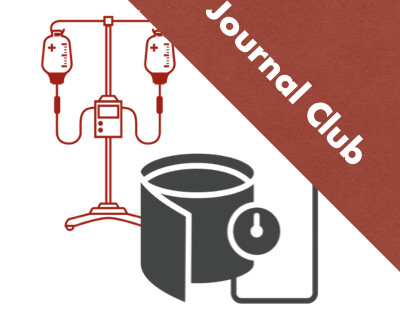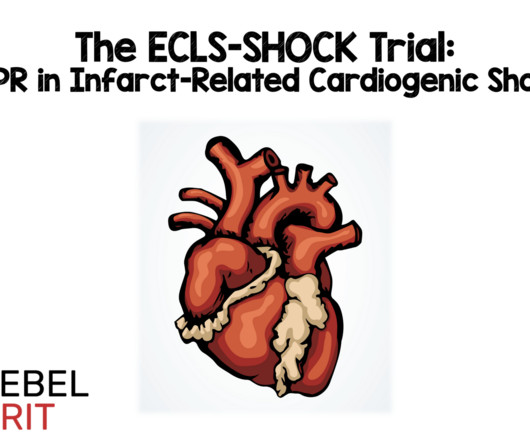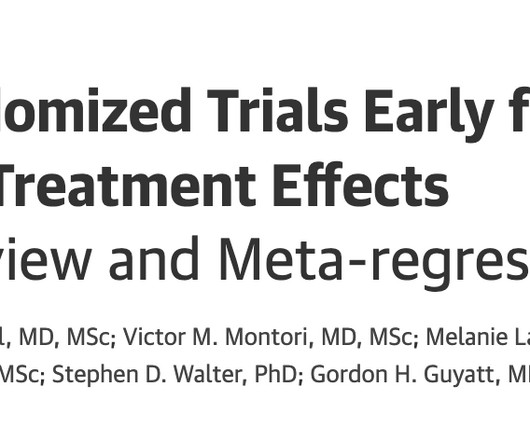Chest pain and shock: Is there a right ventricular OMI on this ECG? And should he undergo trancutaneous pacing?
Dr. Smith's ECG Blog
MAY 30, 2023
A 50-something man presented in shock with severe chest pain. The patient was in clinical shock with a lactate of 8. We recorded an ECG in which V1-V3 were put in the position of V4R-V6R, and V4-6 were placed in V7-9 to (academically) confirm posterior OMI. RVMI explains part of the shock.






















Let's personalize your content